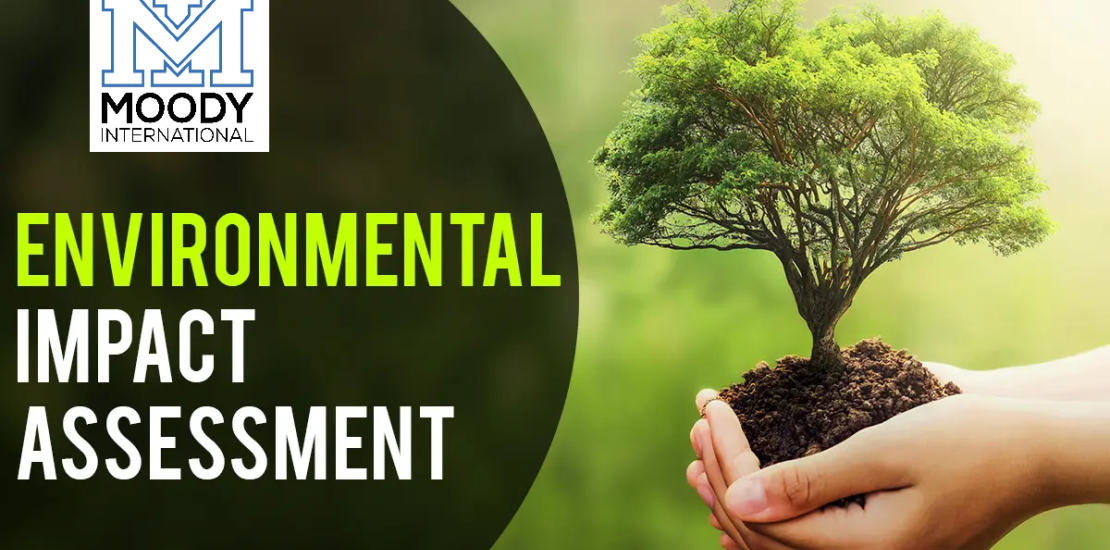
Environmental Impact Assessment (EIA)
What is Environmental Impact Assessment (EIA)? Environmental Impact Assessment (EIA) is a process of evaluating the likely environmental impacts of a proposed project or development, taking into account inter-related socio-economic, cultural and human-health impacts, both beneficial and adverse. UNEP defines Environmental Impact Assessment (EIA) as a tool used to identify the environmental, social and economic impacts of a project prior to decision-making. It aims to predict environmental impacts at an early stage in project planning and design, find ways and means to reduce adverse impacts, shape projects to suit the local environment and present the predictions and options to decision-makers. By using EIA both environmental and economic benefits can be achieved, such as reduced cost and time of project implementation and design, avoided treatment/clean-up costs and impacts of laws and regulations.
Objectives of Environmental Impact Assessment (EIA)? (i) to identify, predict and evaluate the economic, environmental and social impact of development activities (ii) to provide information on the environmental consequences for decision making and (iii) to promote environmentally sound and sustainable development through the identification of appropriate alternatives and mitigation measures. EIA is widely accepted as a tool to ensure sustained development with minimum environmental degradation.
Environmental Impact Statement (EIS) should contain the following information’s/data: - Description of proposed action (construction, operation and shut down phase) and selection of alternatives to the proposed action. - Nature and magnitude of the likely environmental effects. - Possibility of earthquakes and cyclones. - Possible effects on surface and ground water quality, soil and air quality. - Effects on vegetation, wild life and endangered species. - Economic and demographic factors. - Identification of relevant human concerns. - Noise pollution. Efficient use of inputs. - Recycling and reduction of waste. - Risk analysis and disaster management.
Overview of the Environmental Impact Assessment process:
Scoping: The scoping phase involves defining the scope and boundaries of the assessment, as well as identifying the potential environmental impacts that need to be considered. This may include identifying key environmental components, such as air quality, water resources, biodiversity, land use, and socio-economic factors.
Baseline Studies: Baseline studies are conducted to gather information about existing environmental conditions in the project area. This may involve collecting data on air and water quality, wildlife habitat, vegetation, soil quality, cultural resources, and socio-economic conditions.
Impact Prediction and Assessment: During this phase, the potential environmental impacts of the proposed project are predicted and assessed. This involves evaluating the significance, magnitude, duration, and spatial extent of potential impacts on environmental components identified during the scoping phase.
Mitigation and Alternatives Analysis: Based on the assessment of potential impacts, measures to mitigate adverse impacts are identified and evaluated. This may involve modifying the project design, implementing pollution control measures, incorporating green technologies, or adopting alternative project locations or designs to minimize environmental harm.
Public Consultation and Participation: EIA typically involves public consultation and stakeholder engagement to gather input, address concerns, and incorporate public feedback into the decision-making process. This may include public hearings, community meetings, stakeholder workshops, and opportunities for public comment on the draft EIA report.
Decision-Making: The EIA process provides decision-makers with the information needed to make informed decisions about the proposed project. This may involve weighing the environmental, social, economic, and cultural benefits and costs of the project and considering the feasibility of mitigation measures and alternatives.
Monitoring and Follow-Up: Following project approval, monitoring and follow-up measures are implemented to ensure compliance with environmental requirements, evaluate the effectiveness of mitigation measures, and address any unforeseen environmental impacts that may arise during project implementation.
Why Moody: MOODY is a global leader in management systems solutions, having issued various management systems certifications to date. Our dedicated and experienced auditors across the globe can speak your language and help you explore the possibility of integrating your Environmental Impact Assessment (EIA) initiative with other management systems. We can also act as a one-stop provider for all your quality certification needs by offering bundled product testing and certification services. With the MOODY certification mark, you demonstrate your commitment to delivering quality products and services.
